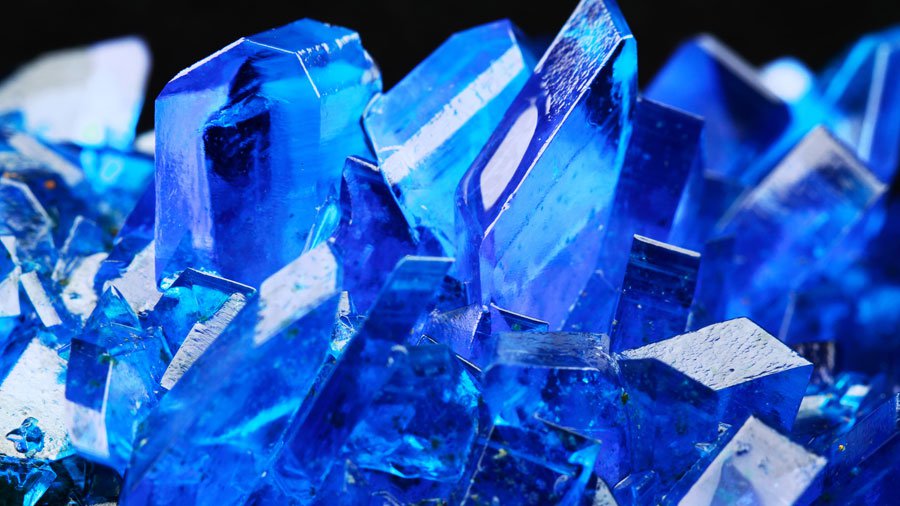

The image shows a goblin or ‘kobold’ (often accused of leading German miners astray in their search for tin). In the background is some early Chinese porcelain, which used the element cobalt to give it its blue glaze.
| Density | 8.86 |
| Melting Point | 1495°C |
| Boiling Point | 2927°C |
Cobalt, like iron, can be magnetised and so is used to make magnets. It is alloyed with aluminium and nickel to make particularly powerful magnets.
Other alloys of cobalt are used in jet turbines and gas turbine generators, where high-temperature strength is important.
Cobalt metal is sometimes used in electroplating because of its attractive appearance, hardness and resistance to corrosion.
Cobalt salts have been used for centuries to produce brilliant blue colours in paint, porcelain, glass, pottery and enamels.
Radioactive cobalt-60 is used to treat cancer and, in some countries, to irradiate food to preserve it.
In 1730, chemist Georg Brandt of Stockholm became interested in a dark blue ore from some local copper workings and he eventually proved that it contained a hitherto unrecognised metal and he gave it the name by which its ore was cursed by miners in Germany, where it was sometimes mistaken for a silver ore. He published his results in 1739. For many years his claim to have uncovered a new metal was disputed by other chemists who said his new element was really a compound of iron and arsenic, but eventually it was recognised as an element in its own right.